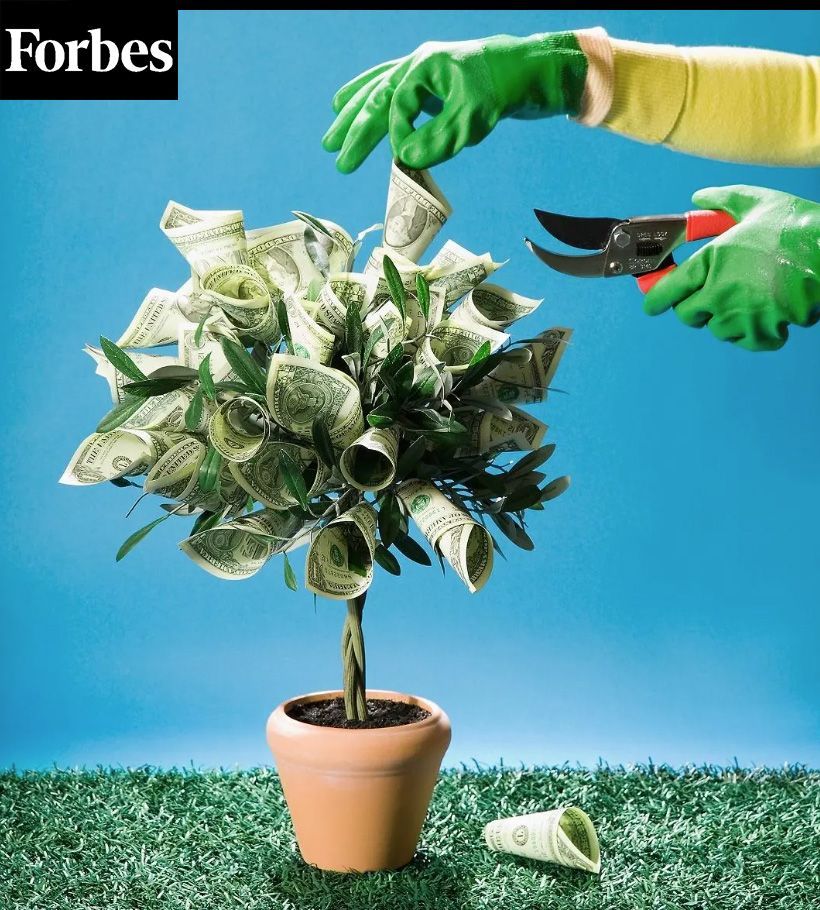U.S. Middle Class Between a Rock and A Hard Place
May 22, 2015
The U.S. is in economic recovery, but it’s been a longer and slower bounce-back than the last five post-recession recuperations. For sure, it could be worse — it has been for the rest of the advanced world — but that’s probably cold comfort for many Americans.
Middle-class financial anxiety
A study published last month by the Federal Reserve Bank of St. Louis titled “The Middle Class May Be Under More Pressure Than You Think” uncovered a deep anxiety and feelings of vulnerability in “families that are neither rich nor poor”: America’s middle class, the social and economic stratum that historically (and perhaps in part legendarily) pulled itself up by the bootstraps, surpassed its parents’ achievements by dint of hard work and dared to dream the American dream. Instead, the study found a middle class whose real incomes, for those who had surpassed their parents’ educational accomplishments, had not significantly improved and, for those who had equaled their parents’ level of education, had actually declined.
Simultaneously, other pillars of middle-class security — housing, higher education, health care, child care and retirement — continue to rise in cost. In short, the middle class’s famed upward mobility has stalled out for many Americans.
The rich getting richer
Meanwhile, incomes have advanced for the uppermost levels of society. That makes many in the middle class mad, though you might consider that ironic given their own wealth aspirations. As Robert H. Frank, a Cornell University economist and author of “The Winner-Take-All Society,” recently told The New York Times: “The gap between you and them is much bigger than it used to be. That’s why people feel more stressed out than they used to be.” Without intending to offer too pat an answer for a complicated issue, I do think this is a tension that’s simply endemic to capitalism: Some have, some have not, but we’re all welcome to try. Economic success always requires hard work, but some luck doesn’t hurt, either.
The elephant in the bank account
What doesn’t make headlines like a struggling economy or the rich-poor gap are the factors that every one of us can control: how much we spend and how much we save. The rich in this country may have outrageous toys and ridiculous amounts of money, but the lower classes do too when compared with much of the world. Many below the poverty line here in the U.S. have smartphones, flatscreen TVs and designer clothes as a matter of course. During the financial crisis and thereafter, American households paid off some debt and got their finances in better order, but only because they had to. According to the latest Federal Reserve data, Americans have been taking on debt once again, with consumer debt now at $11.91 trillion, up 2.6 percent since last year, and average credit card debt per indebted household at $15,609.
Wants vs. needs
While consumer debt does include mortgage and student loans, which finance assets that are expected to rise in value (thus, you might characterize these as “good debt,” or investments in the future), it also includes new cars, video games, $4 coffees and dining out. Things guaranteed to depreciate or be consumed. And more to the point, things you want but don’t actually need.
The middle class is stuck between a rock and a hard place. The rock — recalcitrant and unbreakable by anyone’s individual willpower — is economic realities, which for some can be grim. The hard place — tough, difficult, just not fun — is the disciplined choices we make to improve our own lot and our children’s lot, usually requiring us to forgo immediate gratification for future gratification. Live below your means. Budget, save, invest and maybe even hire a financial adviser for guidance.
You may think you can’t afford to do these things. In reality, you can’t afford not to.
Phoebe Venable, chartered financial analyst, is president and COO of CapWealth Advisors LLC.














